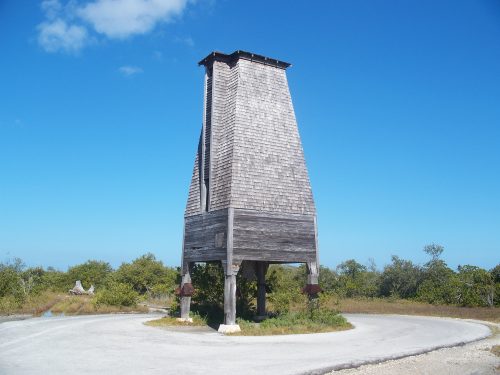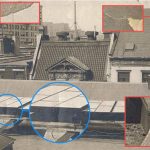At the turn of the twentieth century, Dr. Charles A. Campbell, a physician and former city bacteriologist in San Antonio, Texas, began the first experiments with attracting bats to artificial roosts. Although he had the highest regard for bats, the motive behind his experiments was not that he thought bats needed homes. The real reason was to find a way to control a disease that caused millions of deaths throughout the world each year: malaria. In his native Texas, mosquitoes and disease rendered countless acres of fertile land uninhabitable, and Campbell, who treated victims of malaria, knew the suffering it caused.
In the beginning Campbell thought the answer was simple: recruit great numbers of bats who, he believed, were the natural predators of mosquitoes… But after years of unsuccessful experimentation with boxes of assorted sizes and shapes, he learned that bats did not choose any old ramshackle roost at random. Undaunted, his solution was to build a bigger bat house. With a personal investment of $500.00, Campbell built the first Malaria-Eradicating, Guano-Producing Bat Roost in 1907 at the U.S. Experimental Farm near San Antonio.
He called the 30 foot tall tower “my monument.” Inside, a series of inclined shelves had been carefully crafted for the bats to roost upon, and 20 yards of guano saturated cheesecloth were festooned on the inside walls for their further comfort. The hopper, from which he intended to collect their droppings, was seeded with about 100 pounds of fresh guano. And to further attract visitors, he provided a meal: “three perfectly good hams with a nice slice cut out of each, exhibiting their splendid quality for the delection of the intended guests.”
Read more: Murphi, M. “Dr. Campbell’s malaria-eradicating, guano-produding bat roosts.” BATS Magazine7 2 (1989). See also: The Bat Tower: The 30-Foot Monument to Biological Pest Control and Cross-Species Design, The Atlantic, 2012. Via Aaron Vansintjan. Image.






